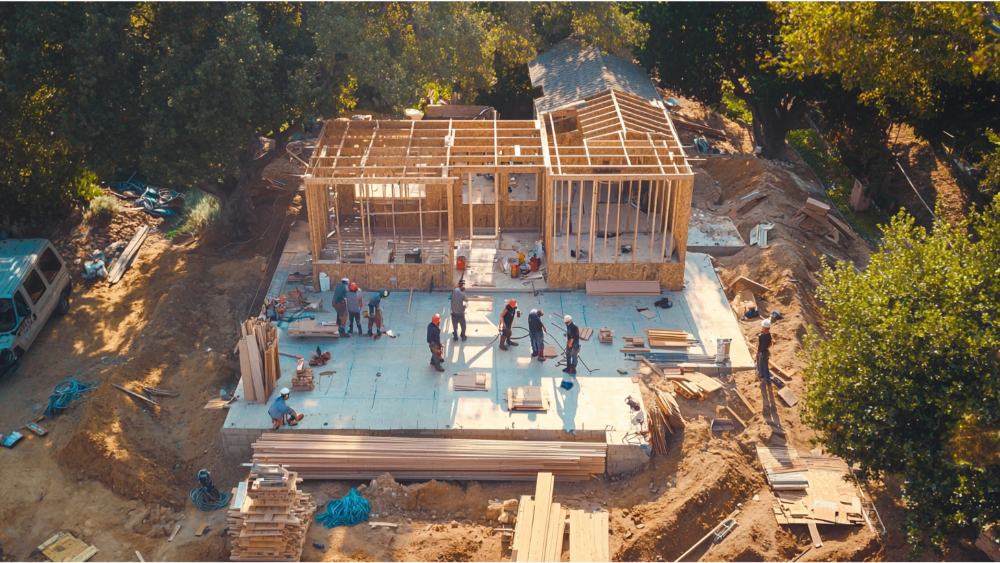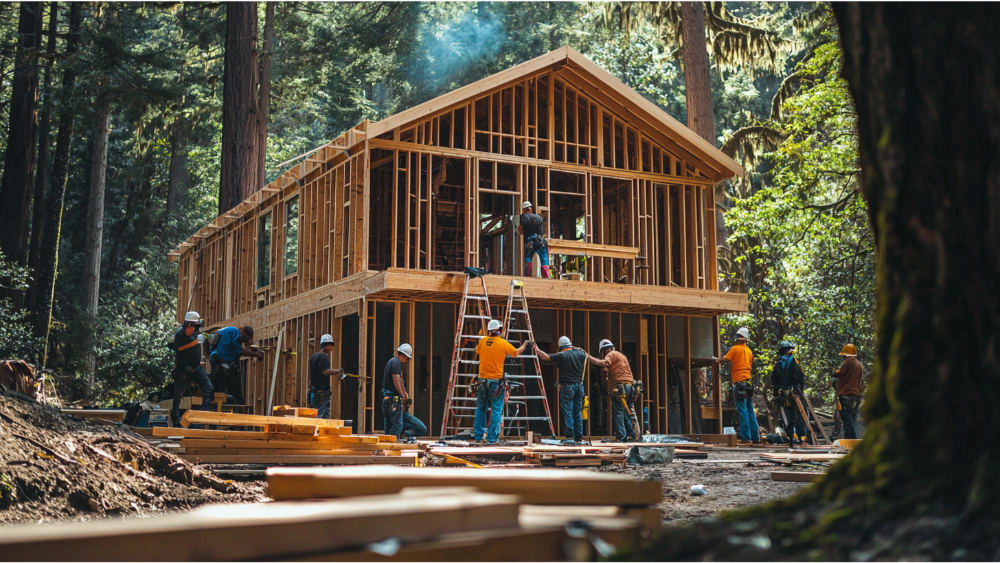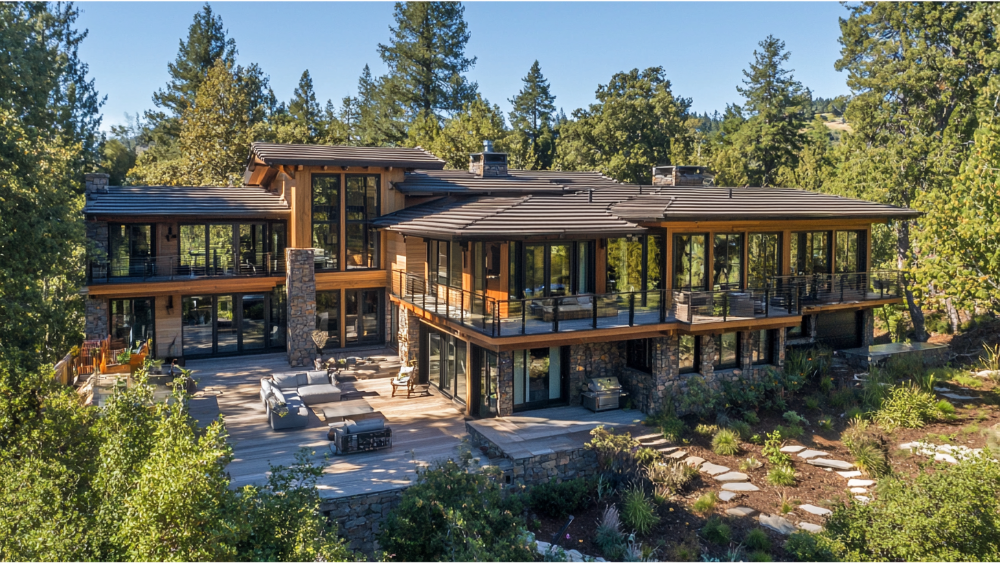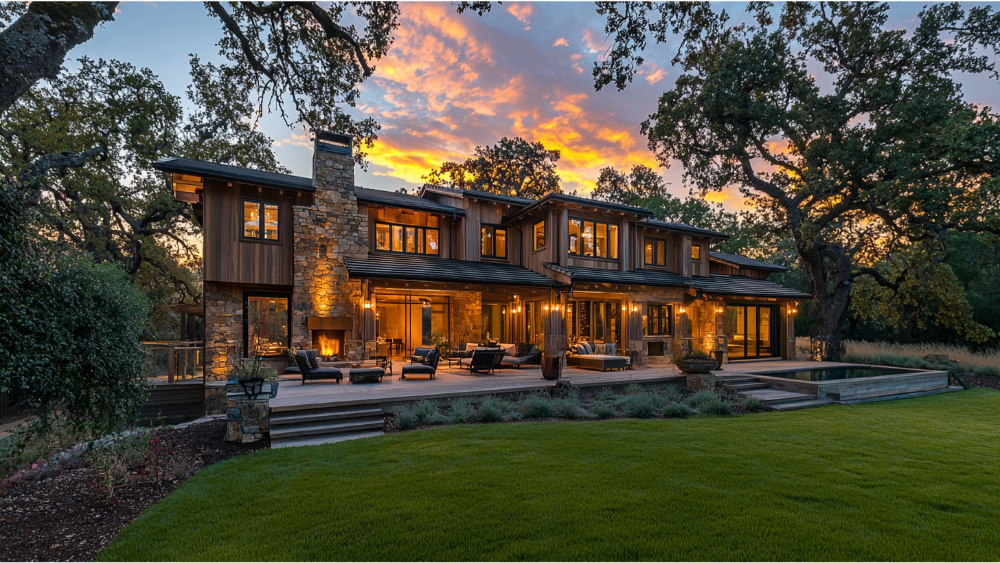
How Long Does It Take to Build a Custom Home in California?
Building a custom home is a wild ride and California is a beautiful crazy state. But one of the most asked questions is: How long does it take to build a custom home in California? At Skyline Build & Design we know time is of the essence for our homeowners so we can get them into their dream homes. In this post, we’ll go through the different phases of building a custom home and give you a timeline for each so you know what to expect.
Phases of Building a Custom Home
The time it takes to build a custom home in California can vary greatly. Here are the factors to consider.
1. Size and Design of the Home
The size and design of the home are the two biggest factors in the timeline.
How Size and Design Affects the Timeline
- Bigger Homes Take Longer: The bigger the home the longer it will take. Bigger homes require more materials, more labor, and more coordination which means more time.
- More Complex Designs Take Longer: Custom homes with intricate architectural details, unique rooflines, multiple levels or specialized rooms (like home theaters or wine cellars) will take longer to design and build.
2. Location and Site
The location and condition of your building site also affect how long it takes to build a custom home.
Site Specifics That Affect the Timeline
- Site Work: Sites that require a lot of site work—like grading, tree removal, or rock excavation—will add time to the build.
- Utilities: If the site is in a remote area or lacks easy access to utilities like water, electricity, and sewage more time will be needed to hook them up.
- Local Regulations and Permits: Some areas of California have stricter building codes, zoning laws, and permit requirements, especially in areas with environmental protections or unique geographical challenges.
3. Weather
California’s weather can also impact the timeline for a custom home.
Weather Delays to Consider
- Rainy Season: In Northern California, the rainy season is from November to April and can cause delays in construction, especially for outdoor work like foundation pouring, framing, and roofing.
- Wildfire Risk: In some areas, construction may be halted or slowed due to wildfire risk or actual wildfires. Builders have to follow strict safety regulations, especially in fire-prone areas.
How long does it take to build a custom home in California?

Now that we’ve gone over the factors that affect the timeline, let’s go through the phases of building a custom home in California and how long each phase takes.
1. Pre-Construction Phase (3-6 Months)
The pre-construction phase is all the planning and preparation before construction begins.
Pre-Construction Phase Steps
- Design and Planning (2-4 Months): This phase includes working with architects and designers to create the plans and blueprints. The timeline will depend on the complexity of the design and how quickly decisions are made.
- Permits and Approvals (1-2 Months): Getting the permits from the local authorities takes time, especially in areas with strict building codes. This involves submitting plans, getting reviews, and making any necessary revisions to comply with local regulations.
- Site Preparation (1 Month): Preparing the site for construction includes clearing the land, grading, and setting up temporary utilities. The timeline will depend on the condition of the lot.
2. Construction Phase (6-12 Months)
The construction phase is when the actual building happens. The timeline will depend on the size, complexity, and location of the home.
Construction Phase Steps
- Foundation and Framing (2-3 Months): The foundation is poured and the framing is built. Weather conditions like rain or extreme heat can impact the timeline for this phase.
- Roofing, Siding, and Exterior Work (1-2 Months): This phase includes installing the roof, exterior walls, windows, and doors. It’s important to get the home weather-tight before moving on to interior work.
- Interior Work (3-5 Months): Interior work includes installing plumbing, electrical wiring, insulation, drywall, flooring, cabinets, and fixtures. The timeline will depend on the level of customization and availability of materials and labor.
- Final Inspections and Walkthroughs (1 Month): Before the home is considered complete it must pass several inspections to meet local building codes. This phase also includes a final walkthrough with the homeowner to identify any last-minute adjustments or touch-ups.
3. Post-Construction Phase (1-2 Months)
The post-construction phase is the final touches and getting ready to move in.
Post-Construction Phase Steps
- Landscaping and Exterior Finishings (1 Month): This phase includes the driveway, walkways, landscaping, and any outdoor amenities like decks or patios.
- Final Clean-Up and Move-In Ready (1 Month): After construction is complete a thorough clean-up is done and the home is move-in ready. This phase may include final touch-ups, painting, and making sure all systems are working.
How to Avoid Delays in Building a Custom Home

While some delays are inevitable, here are some ways to minimize the disruption and stay on schedule.
1. Work with an Experienced Builder
Working with a reputable builder like Skyline Build & Design is the way to go.
Benefits of Working with an Experienced Builder
- Knowledge of Local Regulations: An experienced builder knows the local building codes and regulations, and reduces the chance of delays due to non-compliance.
- Good Project Management: A seasoned builder has established relationships with subcontractors and suppliers so materials and labor are delivered on time.
2. Plan for Delays
Building a custom home is a process and delays happen. Plan for delays and you’ll stay on track.
Plan Ahead
- Add a Buffer to Your Timeline: Add 1-2 months to your timeline to account for unexpected delays like weather or material shortages.
- Be Flexible with Your Move-In Date: Be prepared to move in if needed. Flexibility will reduce stress and ensure the home is complete to your satisfaction.
3. Make Decisions on Time
Many delays happen because of slow decision-making. Stay involved and make decisions quickly to keep your project moving.
How to Make Decisions Fast
- Work with Your Builder: Stay in touch with your builder to make decisions on design changes, material selections, and other key elements.
- Set Decision Deadlines: Set realistic deadlines for decisions to avoid delays. Remember delays in decision making will cost you more and extend the timeline.
Building a Custom Home in California

Building a custom home in California has its own set of challenges that will impact the timeline.
1. Environmental Regulations
California has some of the strictest environmental regulations in the country especially in coastal and fire-prone areas.
How to Navigate Environmental Regulations
- Work with Experts: Engage architects and builders who know California’s environmental laws to avoid delays.
- Research Local Requirements: Research local environmental regulations early in the planning phase to comply.
2. Supply Chain Disruptions
Supply chain disruptions can delay material delivery, especially in California where demand for materials is high.
How to Manage Supply Chain
- Order Materials Early: Work with your builder to order materials ahead of time to avoid delays due to shortages.
- Have Options: Be flexible with material choices. Having alternatives in mind will help keep the project on track if preferred materials are not available.
Conclusion: How long does it take to build a custom home in California?

Building a custom home in California takes 12-24 months depending on size, design complexity, location, and weather. It’s a long process but with planning, making decisions on time, and working with an experienced builder like Skyline Build & Design you’ll stay on track and avoid delays.
Building a custom home is a big time and money investment but with the right approach, it can be a great experience. By understanding the construction phases and planning for the challenges you’ll be moving into your dream home in California without any surprises.




